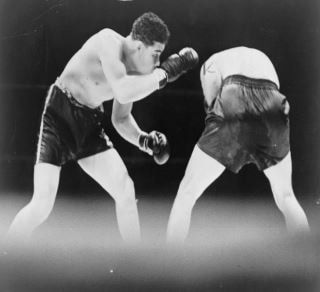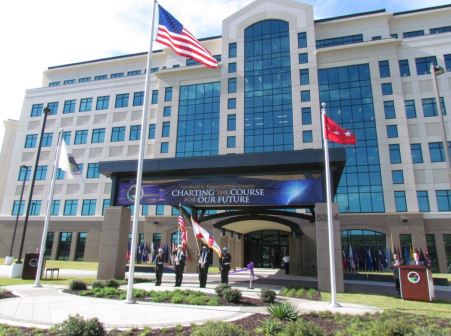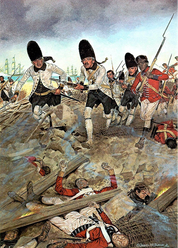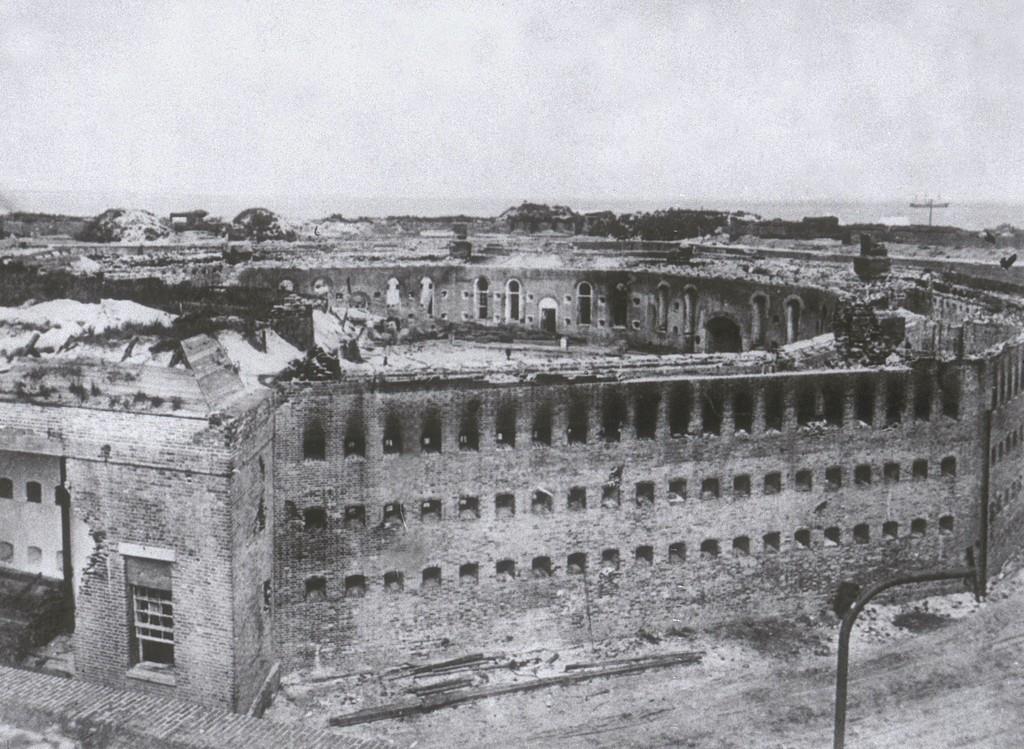|
Joe Louis Barrow, born in Chambers County, Alabama, on May 15, 1911, became known as the Brown Bomber, for his remarkable boxing career. His fascination for boxing began when a friend introduced him to the gym at the age of 16. He would use money given to him for violin lessons by his mother to pay for use of the gym. Louis's boxing career proved to be impressive due to the few boxers who would be able to get close to his achievements. Besides facing his opponents in the ring, Louis would also be fighting against the prevailing racial prejudices felt by African Americans of the time.
Alabama has a long and rich gay history. The Alabama equality movement for gay rights, spanning decades, is a modern effort in Alabama history for legal rights and recognition. According to the Movement Advancement Project, an estimated 150,000 Alabamians identify as lesbian, gay, bisexual, or transgender. Birmingham’s first Gay Pride March on June 24, 1989, proved to be the first time in Alabama history where a public march organized to protest discrimination against same-sex individuals and allies. While gains today have been made on a state and national level, many LGBTQ+ Alabamians continue to be stonewalled for recognition and equality.
Many Alabamians would be surprised to know the Missile Defense Agency’s headquarter building in Huntsville, the Von Braun III, holds “the largest concentration of missile defense engineers in the world” (Hawkins). The Missile Defense Agency is an organization focused on the research, acquisition, and development of missiles to protect United States civilians, troops, and allies. Its predecessor became established in 1983 to protect the United States against the threat of missile attacks during the Cold War with the Communist controlled USSR. The lack of technology capable to prevent deadly bombings also prompted MDA’s creation. To form a more cohesive agency, multiple programs were consolidated. In 2002, the organization became known as the Missile Defense Agency. Since its creation, MDA has produced satellites, radars, and numerous missiles to ease the constant threat of missile attacks against the U.S. The Base Realignment and Closure Decision of 2005 moved a significant portion of MDA’s operations to Redstone Arsenal in Huntsville, Alabama. MDA’s presence made a dramatic impact on Huntsville’s economy and industry.
North Alabama’s man-made Lewis Smith Lake is nestled in parts of Cullman, Walker and Winston countries. Totaling 21,200 acres, it is the deepest lake in Alabama. Considered to be one of the cleanest lakes in the state, Smith Lake provides a rich habitat for wildlife native to the region. In 1954, a lake and dam were initially proposed to produce hydroelectric power for the Alabama Power Company. The dam would also provide a source for drinking water. The site of the Sipsey Fork to the Black Warrior River was chosen for its depth and strategic location. In addition, Smith Lake would provide improved barge traffic conditions for the Black Warrior River. Although the original need for Smith Lake weighed heavily on the use of electricity, it shifted to recreational, residential and environmental benefits.
The Eternal Word Television Network in Irondale, AL, celebrated a milestone anniversary of 40 years in August of 2021. With 11 different channels, reaching over 390 million homes, in 150 countries and territories, EWTN provides instruction about the Catholic faith and how to live it. Today's largest religious media network in the world began with the vision of one extraordinary woman, Mother Angelica. Mother Mary Angelica, a Poor Clare nun, is the first woman to establish a television network, pioneering the way for women in the broadcasting industry.
Along the calm coast of the beautiful Mobile Bay lie remnants of two historic forts sitting quietly guarding the entrance to the bay. During a devastating battle in the American Civil War, a drastically different scene transpired. On August 2, 1864, the Battle of Mobile Bay erupted as one of the few battles fought in Alabama during the war. The Union Commander David G. Farragut and Confederate Commander Franklin Buchanan waged a three-week battle on water and on land. Under the experienced Farragut’s capable hands, the Confederate forts fell, leaving the Union in control of this strategic bay and her ports. Even though less than 50 Confederate soldiers died, this fiercely fought battle proved to be catastrophic for the Confederate States of America.
|
Alabama Heritage BLOG
At Alabama Heritage, we owe many of our successes and smooth operations to our fabulous student interns. We hope that with this blog--written mostly by our interns as well as history students from UAB and a few from our own editors--our readers will have an opportunity to get to know the students who bring so much to the table with their enthusiasm, hard work, and expertise! If you're interested in our internship program, check out the details here. Archives
May 2024
Categories
All
|
|






 RSS Feed
RSS Feed